-
Welcome to Tacoma World!
You are currently viewing as a guest! To get full-access, you need to register for a FREE account.
As a registered member, you’ll be able to:- Participate in all Tacoma discussion topics
- Communicate privately with other Tacoma owners from around the world
- Post your own photos in our Members Gallery
- Access all special features of the site
Engine Break-in
Discussion in '2nd Gen. Tacomas (2005-2015)' started by Okkine, Nov 26, 2008.
Page 1 of 12
Page 1 of 12


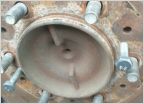 !!!Tools I need for rear drum spring!!HELP
!!!Tools I need for rear drum spring!!HELP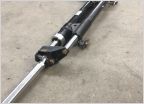 Anyway to add a steering stabilizer?
Anyway to add a steering stabilizer?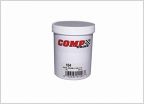 Which cam lube to use for rebuild?
Which cam lube to use for rebuild?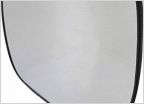 I am such an idiot
I am such an idiot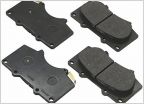 2008 Tacoma Brake Service Questions
2008 Tacoma Brake Service Questions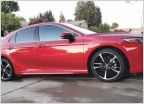 Rust-Oleum Factor 4 Synthetic System Car Wax
Rust-Oleum Factor 4 Synthetic System Car Wax








































































